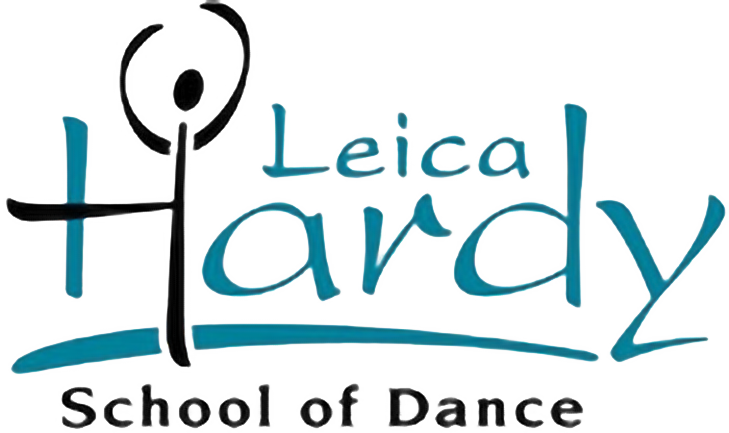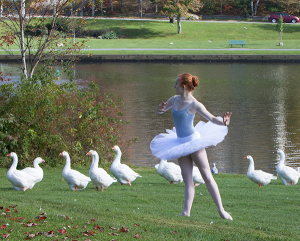For Darryl Tracy’s full biography please follow the link below.
A Tale of Obscure Sorrows
Season: 2018
Music Samplings: The Question by Bovine Life + Comet, 0165(Tool) by Endless, Perc & Giorgio Gigli and some surprises from the 80’s
Music Editing: Darryl C. Tracy
A Tale of Obscure Sorrows was initially inspired by John Koenig’s Dictionary of Obscure Sorrows. “Koenig has made up new English words that attach to emotions we feel in current times — words such as avenoir, anecdoche and anemoia. Avenoir being the desire that memory could flow backwards, anecdoche being when everyone is talking, and nobody is listening, and anemoia being a time you’ve never known. The dancers wrote interpretations of the words, and we built movement from that creating an abstract landscape. We created by using chance. This is not a narrative piece but a state of obscurity.” — Darryl Trac
Chiralities
Seasons: 2013, 2016
Music: Shift Register by Robert Henke
The title means chirality or an object that is not completely symmetrical and the same as another. It is often used when describing protons and molecules, but used also to describe handedness and the fact that a human’s left hand is never the same as the right in harmony. This is poetic when thinking of humans – we are all a bit different and unique.

